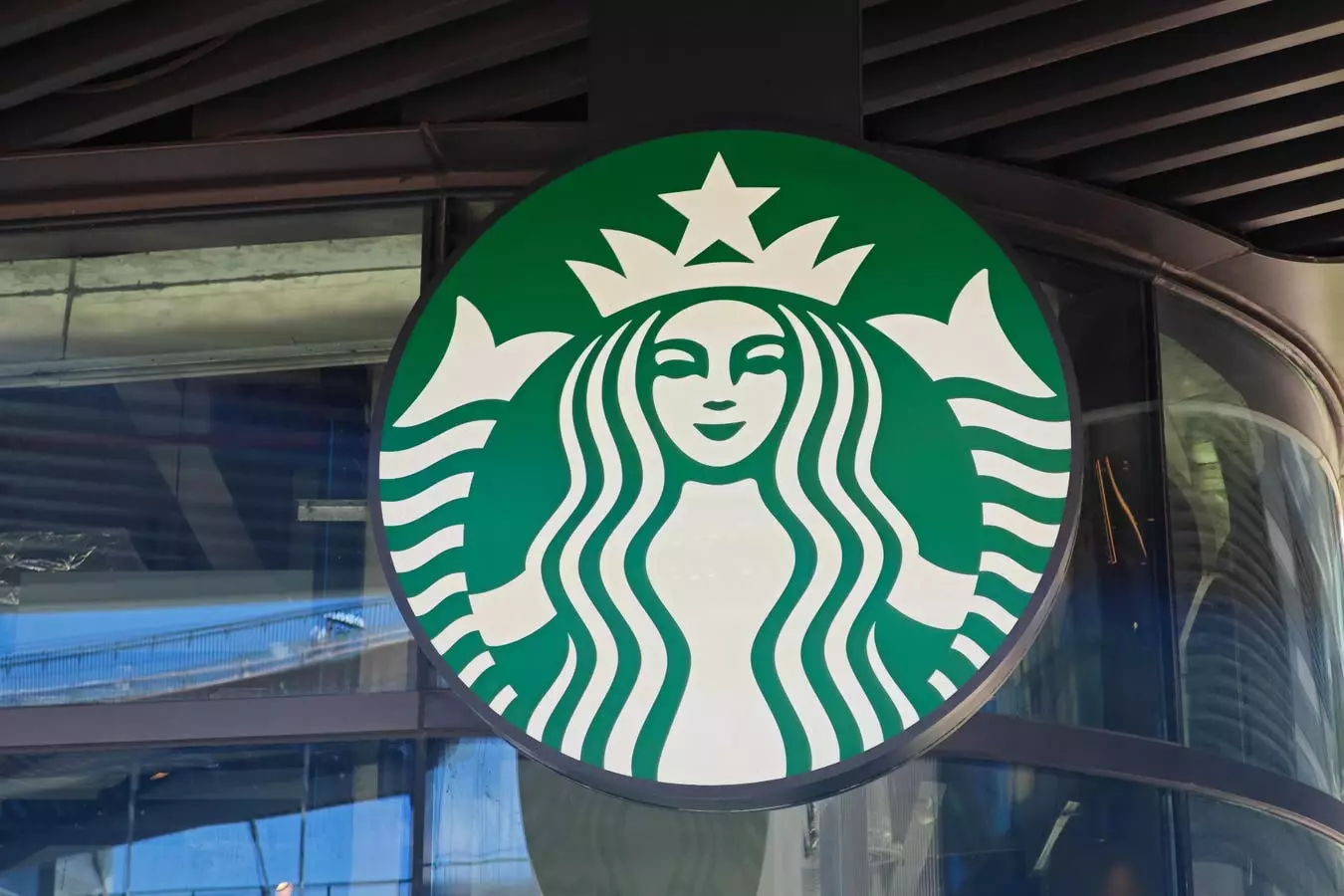Being a CEO is not just about the glamorous title; it comes with significant responsibilities and pressures that can take a toll on even the most experienced executive’s mental health. As a company grows, the stakes, spotlight, and expectations increase, making the job even more demanding. Starbucks, a prime example of this, has recently faced struggles both domestically and internationally, leading to the replacement of its Chairman and CEO, Laxman Narasimhan, with Chipotle CEO Brian Niccol.
Brian Niccol’s appointment as Starbucks’ new Chairman and CEO has been met with overwhelming positivity, demonstrated by the 24% surge in Starbucks’ shares following the announcement. Even Howard Schultz, Starbucks’ founder, and Chairman Emeritus, endorsed Niccol, citing his leadership impact, retail excellence, and ability to deliver extraordinary shareholder value. However, as the initial excitement settles, Niccol will need to address the significant issues facing Starbucks.
Focus on Customer Experience
One of the key challenges facing Niccol at Starbucks will be revamping and reconnecting with the customer experience. While surface-level tactics can help improve this aspect, fundamental improvements are needed, starting with employee well-being. The foundation of a successful company lies in prioritizing its people, ensuring they feel valued, appreciated, and supported. In the case of Starbucks, addressing the well-being of baristas can have a direct impact on customer experience and overall brand identity.
Importance of Employee Morale
CEOs must recognize that innovation and growth are essential, but they should not come at the expense of employee morale. Maintaining a strong brand identity and attracting top talent require a focus on employee well-being, mental health, and company culture. One of the fundamental human desires that leaders should address includes financial security, appreciation, and a sense of purpose. By investing in their people, CEOs can create a more engaged and motivated workforce, leading to improved customer experience and organizational success.
It is not enough for CEOs to simply focus on sales and operations; they must also prioritize building strong connections with their employees. Spending time with frontline workers, understanding their needs and challenges, and fostering a sense of connectivity and synergy across the organization are crucial steps in revitalizing company growth. By staying in tune with their employees, CEOs can gain valuable insights, prevent stagnation, and address potential issues proactively.
As Brian Niccol embarks on his journey as Starbucks’ new Chairman and CEO, the focus on revitalizing the company’s growth and brand must start with prioritizing the well-being of its employees. By fostering a culture of respect, trust, and purpose, CEOs can create a more engaged workforce, leading to improved customer experience and long-term success. Strong top-to-bottom communication, regular interactions with employees, and a genuine commitment to employee well-being are key components of effective leadership in today’s competitive business landscape.

